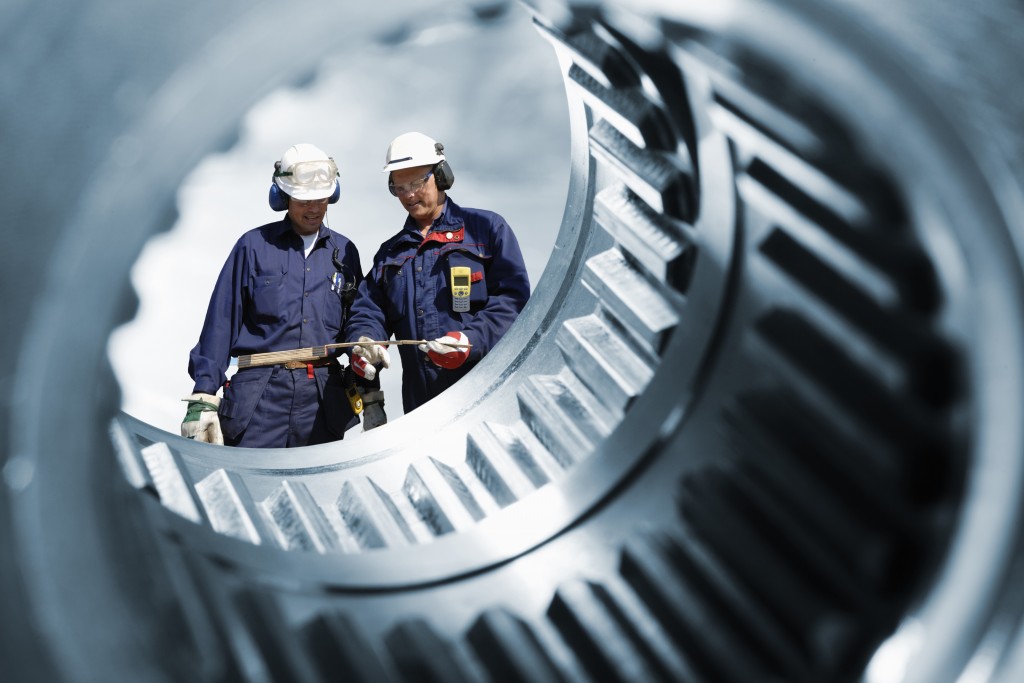Finishing touches can make an invention or idea stand out from the rest, especially in the manufacturing industry. It can give your creation a certain finesse that the raw output doesn’t have. Plus, metal finishing has great benefits that can protect and extend the lives of your machinery.
You can apply different methods to your machines depending on the kind of material you use and the finish you want to achieve. Some of the most common finishes include smoothing out the metal’s rough edges, covering the surface with protective layers, or enhancing the overall look with distinctive textures.
Knowing the key differences of finishing methods will allow your machines to have finishes made, especially for their kind, which ultimately extends their lives and adds to their productiveness and efficiency. Without further ado, here are the most common finishing methods and the benefits that they can give to your machines:
Powder Finish
If you want your machines to shine, you can opt to use this finishing method. The powder coating finish is one of the most common methods to enhance metal surfaces because it can smooth out the defects during production. What it does is apply a coat of durable melted plastic powder on the metal surface like paint, which adds a protective layer to your machines.
Having this type of finish on your machines will allow them to withstand harsh conditions, make them resistant to accidental scratches, and enhance their overall appearance. You can also choose to give your machines finishes that are textured, glossy, or matte, depending on your preference.
Hot Blackening Finish
If you want your machine to be stronger, you can choose this method. The hot blackening finish covers the entirety of your machine by using a heated process that makes the metal surfaces highly resilient and durable. This method places a thin layer of black oxide on your products, which results in a black coat that is ideal for machines used heavily every day.
Hot blackening is more often used to enhance a machine’s resistance to wear and tear. That’s why it is best for harder metals that do not easily soften or melt. This method can also be done with automotive parts, tools, and firearms.
Electroplating Finish
If you want your machines to have immunity against rust, you can go with this method. The electroplating finish uses various chemicals and metals that can give your machines a metallic surface layer made of nickel, cadmium, chrome, or zinc. This allows the machines to be more long-lasting and less prone to rusting.
This finishing method subjects the product to an auto-catalytic process that uses chemicals and electric currents to achieve the final output. It is commonly done for large-scale machinery and requires a specialist in the field.
Grinding Finish
If you want your machines to be as smooth as possible, you can choose this method. The grinding finish usually takes some skill and time because it has several steps: grinding, hand stoning, and diamond polishing before finally achieving the smoothest possible outcome. There are also different kinds of grinding machines that can be used depending on the smoothness you want to achieve.
This method utilizes grinding machines that reduce rough surfaces left over from machining and deliver varying smoothness levels. A grinding finish is best for products that require an incredibly fine quality.
Sand-blasting Finish

If you want your machines to have a textured look, you can choose this method. The sand-blasting finish is commonly used on soft metals that can be easily molded. This method works best for softer metal products because it is done with the use of blasters filled with a mixture of air, water, and tiny particles like sand or metal pellets to create the finish.
This is great for large-scale machines with flat surfaces that you want to have a uniform matte finish. Sand-blasting can also improve the metal quality by increasing the fatigue strength and corrosion resistance of your machines.
Different machines require different finishing methods. That’s why it is important to know the nitty-gritty before deciding on what method to use for which. If you fail to understand the specifics, you might end up destroying your machines by subjecting them to a process that wasn’t made for them instead of just enhancing the product quality.
No matter what metal finishing process you decide to use to create your industrial machines, know that this final touch increases its durability and resistance to chemicals and tarnishes that can protect and lengthen their lives. Metal finishing also enhances a product’s electrical conductivity, as well as improves its appearance.

